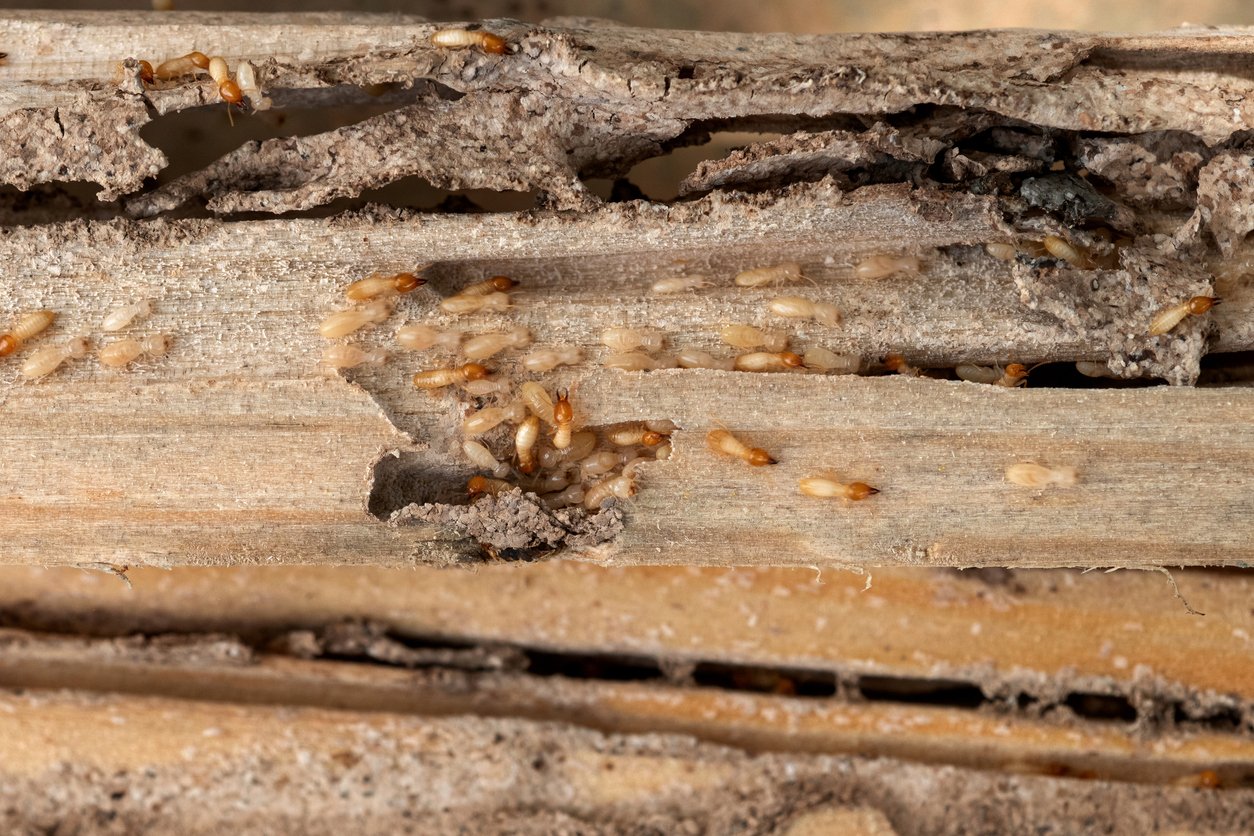5 Facts You May Not Know About Mice

Although mice are often seen as a nuisance, it’s difficult to ignore the prolific role they play in popular culture. With bygone cartoon shows like Mighty Mouse or Speedy Gonzalez to timeless characters such as Mickey Mouse, Ratatouille, and Jerry, their presence in television and movies is unmistakable. Mice have also been featured in many literary works, oftentimes becoming the subject of fantasy and folklore, such as in Aesop’s Fables or Brian Jacques’s Redwall series.
In many of these characters, the mouse is portrayed as being a crafty creature, quick on its feet, and proof that size doesn’t always matter so long as you are quick-witted and can easily adapt to your surroundings. It turns out that mice in real life share many of the same attributes as their fictional counterparts. In this post, we’ve compiled a list of 5 amazing and noteworthy facts we think you should know about the common mouse.

1. They are highly adaptive
Mice have an incredible ability to adapt to changing surroundings and environments. From the cargo holds of merchant ships to surviving in deep forests, and finding refuge in houses and barns, they are practically unafraid of new surroundings or the presence of new objects (neophobia), unlike many animals.
Their courage for exploration is only heightened by their agility and flexibility. Mice are burrowing animals and thus have an uncanny ability to squeeze through tight spaces. While they don’t have collapsible skeletons like many believe, in most cases, they are able to fit through a hole as small as the size of a dime. Their fur certainly makes them appear bigger than they are, but this feat is impressive nonetheless. Mice also use their urine as a way of leaving breadcrumbs to mark where they have previously explored. In short, mice are exploratory by nature and can find their way in and around a home easily.

2. They are fast runners and climbers
There are not many mammals that can scale rough surfaces such as tree trunks or brick walls vertically like mice. Their small claws allow them to latch onto most surfaces and climb quickly. In addition, mice can use their whiskers to sense whether a surface is smooth or rough and suitable to climb. If necessary, mice can also survive a fall of 10 – 12 feet.
Mice can also travel across telephone or power lines, as well as wires like skilled tightrope walkers. In a world where we’re frightened of mice as much as they are of us, mice can also run up to 8 mph, which may not seem like much. However, to put things in perspective, that’s the speed equivalent of an average sized human being running up to 160 mph. That certainly explains why they can be so difficult to catch.

3. They reproduce quickly
We can’t have a list of facts about mice and not include their reproductive habits. Mice are polyestrous, which means they can breed year round if living conditions are ideal. In a safe environment where there is no shortage of males, a female mouse can produce anywhere from 7-8 litters a year, with each litter averaging around 10-14 pups. That’s a lot of mice!
Their ability to adapt to harsh conditions coupled with reproduction in large numbers make mice one of the most successful mammals at survival. Although their reproductive rates are alarming, rest assured nature has found a way to prevent overpopulation even if we can’t.
In a famous series of experiments conducted by John B. Calhoun in the late 1960’s, Calhoun created a rodent utopia where food and water were in endless supply and living space allowed for increasing growth. Over a two-year period, in this utopia, a small population of rodents lived, flourished, and reproduced to grow to a huge colony of 2,200.
After this milestone was reached, however, Calhoun noticed that the colony began exhibiting strange and self-destructive behaviors. By the end of the experiment, the population was all but gone. The rodents had driven themselves to extinction. Calhoun’s experiments have since been lauded as being allegorical to the potential rise and fall of mankind. Let’s take a look at a couple more interesting facts.

4. They are natural swimmers
Although not their preferred form of travel, mice do fairly well in the water. Exhibiting great endurance and flexibility, mice can swim and tread water for up to 3 days. When fully submerged, mice can also hold their breath for up to three minutes. Compare that to the two minute average for humans, and it’s certainly impressive.
Their swimming ability has also been used as a control group by scientists to test certain antidepressants. It seems there are no conditions a mouse can’t handle. The next time you think to flush a mouse down the toilet, remember that it may very well find its way back up!

5. They have excellent hearing
When it comes to sound, mice can a hear a much wider frequency range (1 kHz – 70 kHz) than humans (20 Hz – 20 kHz). In general, larger mammals hear at lower frequency ranges than smaller mammals. To communicate with one another, mice hear and produce a high frequency (ultrasonic) sound inaudible to the human ear.
With poor eyesight, mice rely heavily on their keen sense of hearing and smell to help them navigate along conduits such as baseboards or air vents. Utilizing our knowledge of sound frequencies, ultrasonic devices have been produced that emit a high-frequency tone acting as a repellent against mice and other rodents, although there have been mixed reviews about their effectiveness.
Further Insights
We have learned that the mouse is both an adaptable and intelligent animal. It’s no surprise then that they are used by behavioral scientists and researchers as the subject of countless studies. Certain species of mice can also make great house pets. With the collective knowledge we have of mice and other pests, Moxie Pest Control is dedicated to not only educating our readers but also providing the highest level of pest control services. If you have any questions about a possible rodent infestation or would like help with preventative care, please don’t hesitate to call.



